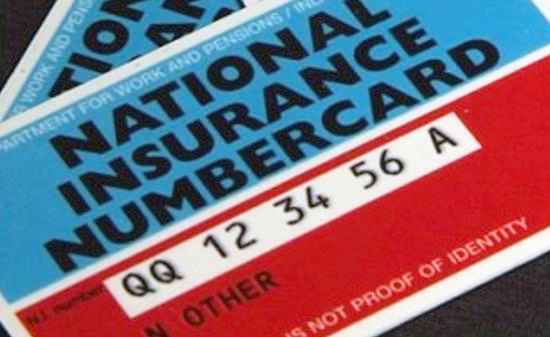As an employer you’ll soon need to implement the new NI rates. What actions should you take to ensure that your payroll software can cope?
The 6 November is the date on which the new reduced NI rates apply. However, the new rates only apply when you run your payroll for the first time on or after this date.
This is the third change in NI rates or thresholds this tax year. Some payroll software providers are still grappling with the latest change. There is concern that some may not be ready by the November date.
What should you do?
Before running your first payroll on or after 6 November, check with your software provider that you are using the latest version of the software, with updated NI rates. If not, download any updates if required before running your payroll.
You should review the position of directors and any employees who have an annual NI earnings period. A different NI rate applies to salary for directors and employees with annual earnings periods. It’s not just the NI that’s affected, so are the employer contributions. If you get the earnings period wrong, you could end up having to bear the cost for any NI a director or employee underpays.
If you followed HMRC’s guidance to include a message on payslips about the increase in NI rates, which started on 6 April 2022, you should now remove this message for payroll runs on or after 6 November.
Finally, ideally, you’ll run your next payroll with the updated NI rates. But, if you are unable to update your payroll software in time, so you run your first payroll on or after 6 November with the wrong rates, don’t worry. You are able to correct the position by running the payroll again with the new rates, refunding any employee who has overpaid NI and sending an amended full payment submission to HMRC.
If you need help with this or any other accountancy, tax and small business issues, get in touch for a no-obligation discussion – see our Contact Us page for how to reach us.
Keeping you compliant | Saving you tax | Helping you grow

